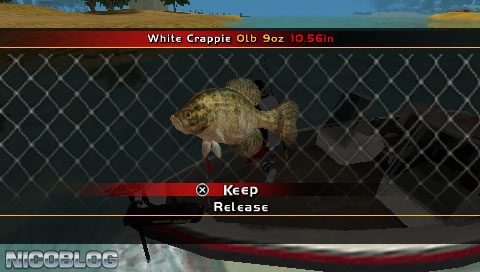

Bass will relate to grass beds, either on the edge or in the middle of the bed, depending on the weather. These areas can be targeted from shoreline or from a boat. This includes grass beds, fallen trees, standing trees, docks and rocky banks. This appeals to many anglers because some like to fish shallow water and others prefer to fish in deeper waters.ĭuring the summer, those anglers preferring to fish shallow should concentrate on structure that is visible to the eye. For an angler this information is very important - knowing where the most oxygenated waters are can greatly increase one's success.Īs already stated, largemouth bass spend the summer in both shallow and deeper water.

Shallow lakes often do not stratify and there is oxygen at all depths.

Where this zone of depletion occurs is different in every lake. The fish cannot live in an oxygen-depleted area for extended periods of time. Oxygen depletion can be particularly severe in productive lakes which become stratified during the summer. This means that warmer water remains on top and cooler, denser water remains on the bottom. During the summer many lakes go through a stratification, or layering, process. The determining factor of how deep bass will travel is the amount of dissolved oxygen present in the water. Autumn feeding activity occurs in shallow water in close proximity to deep water. As water temperature declines in autumn, largemouth bass are stimulated to feed in preparation for winter. Though many fish move to deeper water during the summer, a large percentage of the bass population remains in shallow water. Larger female bass will move back to deeper water where they remain throughout much of the summer, on occasion returning to shallow waters to feed. Usually male bass, which guard the newly hatched young, stay in the shallows longer than the females. This post-spawn period is usually a difficult time to catch largemouth bass because they are recuperating from the spawn. When the spawn is completed bass will remain in close proximity to the spawning areas for a number of weeks. Bass spawn when the water temperature reaches 62-65 degrees Fahrenheit. Spawning occurs from mid-April through early June, depending on temperature. These staging areas are usually regions of deeper water in close proximity to shallow water.

Fish will stop at locations called "staging areas" on their way to spawning grounds. As the lake begins to warm in spring the fish will move to shallower waters. However, knowledge of where largemouth bass are located in all seasons is helpful.ĭuring the winter, cold temperatures drive bass into a dormant state in the deeper sections of the lake. The season that we will focus on is summer. The key to finding and catching largemouth bass is knowing where they are during each particular season. Like all species of fish, largemouth bass migrate to different areas of the lake throughout the seasons. With this in mind, an angler must first determine what depth they plan to fish. Typically, lakes in the northern part of the state are deeper, clearer and cooler than lakes of southern New Jersey which are usually shallow, stained and warmer. New Jersey lakes are generally distinguished by geographic location. The first thing that an angler needs to do when deciding where to fish is know the type of lake they are fishing. These factors include knowing where to fish, when to fish and what to fish with. The majority of these lakes contain excellent bass fishing opportunities when approached the correct way.Ī successful day on the water is determined by essentially three factors. New Jersey has over 400 publicly accessible lakes ranging in size from. Though Assunpink Lake ranks as one of the top lakes in New Jersey it is by far not the only lake. There were 19 tournaments held each year. Tournament results from this lake show a 133% increase in the number of 5 pound bass. What New Jersey does have to offer is an overall quality fishery that continues to improve each year.Īssunpink Lake Wildlife Management Area, one of New Jersey's "Trophy Bass Lakes", continues to produce largemouth bass in excess of 7 pounds every year. No, we are not going to produce the next world record, nor will an angler catch a bass over 20 pounds, or even catch a five fish limit in a tournament that will surpass the 45 pound mark, as was done in a recent B.A.S.S. The largemouth bass fishery of New Jersey is overshadowed in comparison to the fisheries of such states as Florida, Texas and California. Summertime Largemouth Bass Fishing in New Jersey is Heating Up!


 0 kommentar(er)
0 kommentar(er)
